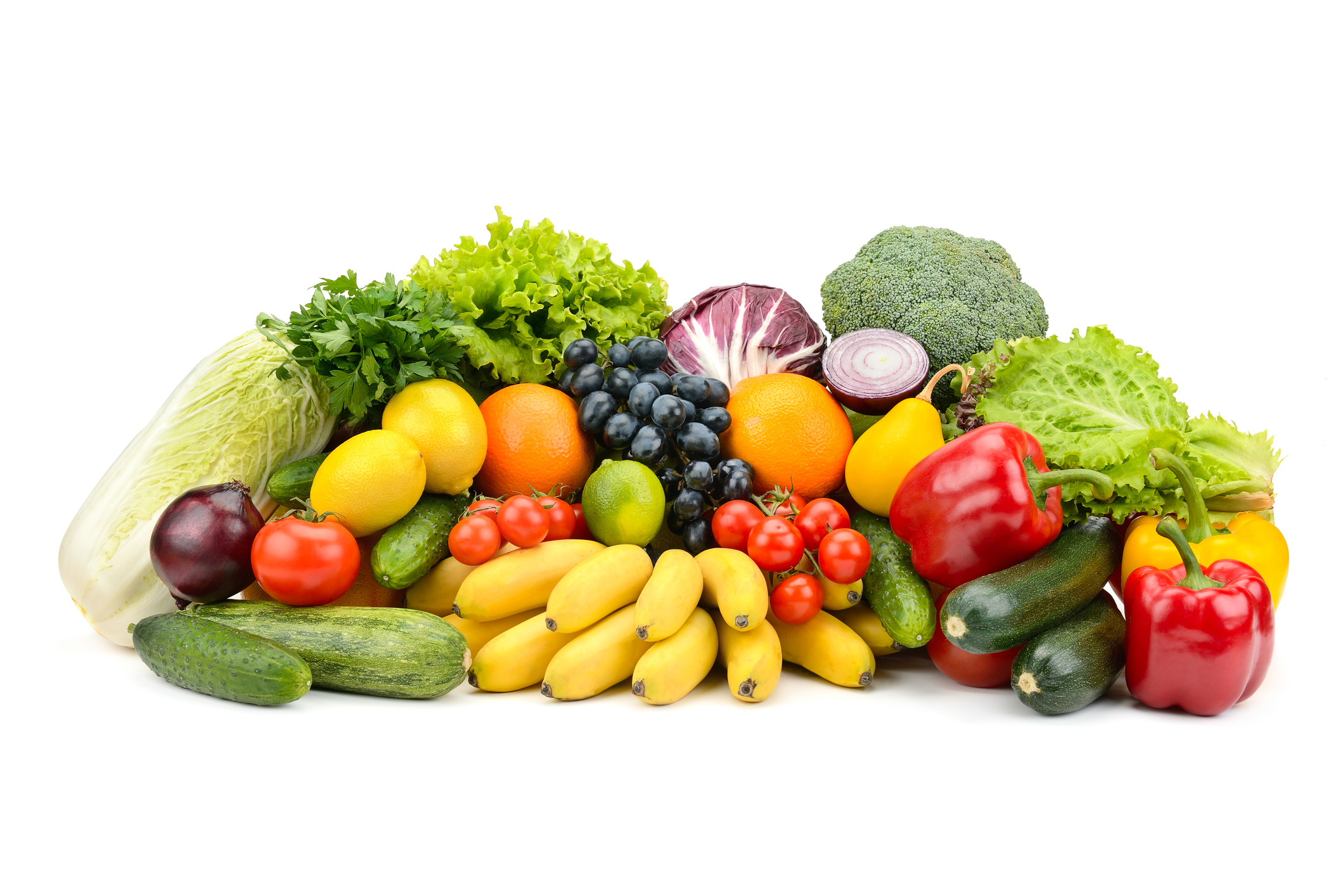Now that summer has arrived, Farmer’s Markets have opened and Victory Gardens are beginning to produce, it would seem easy to meet dietary guidelines for fruits and vegetable consumption. But according to a recent Statistics Canada study, Canadians are still not eating enough fruits and vegetables.
According to Canada’s newly update Food Guide, a healthy diet consists of plenty of vegetables and fruits; enough to cover half your plate. One-quarter of your plate should be whole grains like brown rice, quinoa or whole-grain pasta, and the remaining quarter a healthy protein such as lean meats, fish, lentils, tofu, or eggs.
The food guide also recommends making water the drink of choice replacing sugary drinks like fruit juice, pop or sweetened milk. Highly processed foods and snacks with a high salt, sugar or saturated fat content should be limited and only eaten in small amounts, infrequently.
Canadians who participated in the study reported eating fewer potatoes but on average, they are not replacing them with more other vegetables. Potatoes and lettuce were the leading sources of vegetables in both 2004 and in 2015.
Because diet plays such a significant role in overall health, it is concerning that despite all the research, people are still not getting nearly enough fruits and vegetables. Both adolescents and adults younger than 51 as well as adults older than 50 had the widest gap between the recommended daily intake of fruits and vegetables and the reported intake. A plant-rich diet can lower your risk for heart disease, stroke, and some types of cancer while helping to promote a healthy body weight.
The National Health Service recommends eating 5 portions each of fruits and vegetables every day. Potatoes, yams, plantain, and cassava don’t count towards the daily 5 because they contribute mostly starch to the diet. Potatoes, especially cooked without added salt and fat and the skins left on are, however, a good source of Vitamin C, B vitamins, potassium, and fibre.
We are all eating at home a lot more these days and you may be running short of ideas for healthy new recipes. Visit the Health-Canada Food and Nutrition webpage for plenty of healthy, budget-friendly and tasty recipes that include more vegetables and fruits. Dig in!






Add Your Voice
0 Comments
Join the Discussion